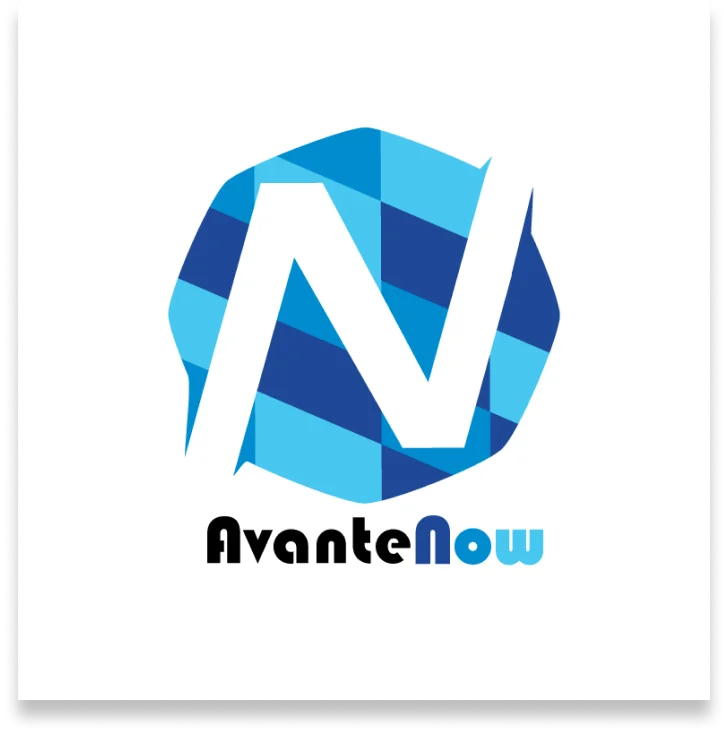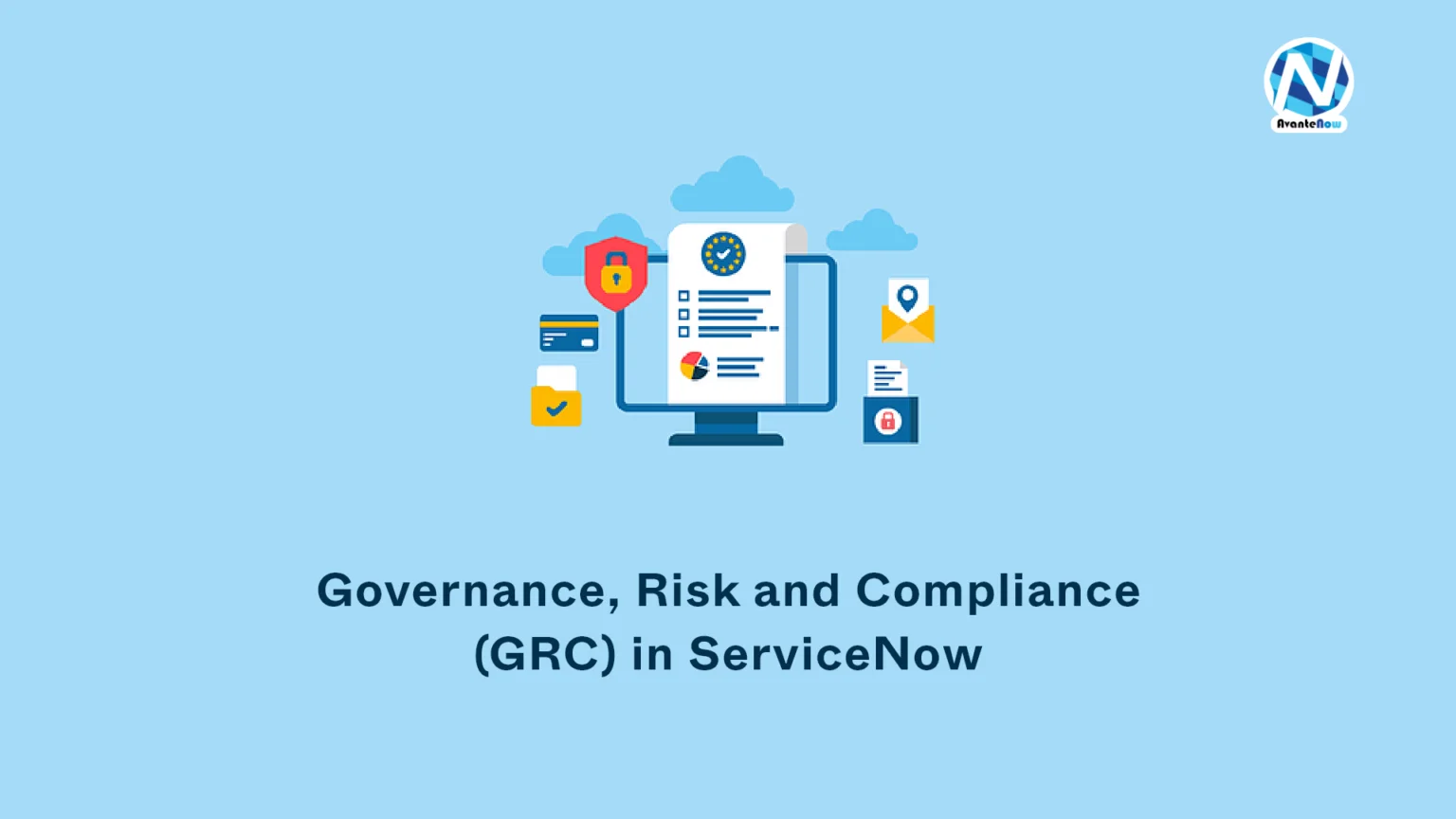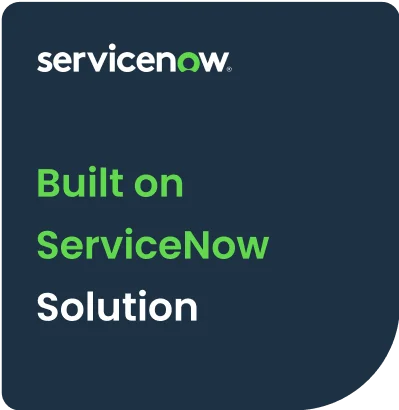ServiceNow Governance, Risk, and Compliance (GRC) suite is made up of four key applications, namely, Policy and Compliance Management, Risk Management, Audit Management, and Vendor Risk Management that make up the GRC workflow.
Governance, Risk, and Compliance (GRC) is an organizational strategy for managing governance, risk management, and regulatory compliance. A comprehensive set of software tools for implementing and maintaining a corporate GRC program is also known as GRC.
GRC’s collection of standards and processes offers a method for aligning IT with business goals. GRC assists businesses in effectively managing IT and security risks, lowering costs, and ensuring compliance. It also aids decision-making and performance by providing a comprehensive picture of how well a company manages its risks.
The OCEG (originally known as the ‘Open Compliance and Ethics Group’) membership coined the acronym GRC as a shorthand reference to the critical capabilities that must work together to achieve Principled Performance — capabilities that integrate the governance, management, and assurance of performance, risk, and compliance activities.
This includes contributions by departments like internal audit, compliance, risk, legal, finance, IT, HR as well as the lines of business, executive suite, and the board itself.
Governance
Governance is a set of rules, regulations, and procedures that guarantee corporate operations are aligned with business objectives. Ethics, resource management, responsibility, and management controls are all part of this.
Top management may command and influence what happens at all levels of the firm, and business units are aligned with customers’ requirements and overall corporate goals, thanks to governance.
Employees feel empowered in a workplace where behaviours and resources are managed and well-coordinated, thanks to effective governance. One purpose of corporate governance is to strike a balance between the interests of various stakeholders, such as senior management, employees, suppliers, and investors.
Governance can help preserve this balance by ensuring, for example, that contracts between the company’s internal and external stakeholders are in place to ensure that obligations, rights, and incentives are distributed fairly. This comprises methods for resolving conflicting stakeholder interests as well as mechanisms to ensure that supervision, control, and data flow function as a check and balance system.
At the portfolio level, governance provides management over assets and infrastructures, such as data centres, as well as oversight of applications.
Moreover, Governance is used to hold people accountable for their actions and outcomes. Ethical company practices and corporate citizenship regulations can be enforced to control behaviour. Employees are evaluated on results produced rather than obligations in good governance, which defines roles based on lines of business.
Risk Management
The practice of discovering, assessing, and controlling financial, legal, strategic, and security threats to a company is known as risk management. To manage risk, a company must devote resources to minimising, monitoring, and controlling the impact of unfavourable events while optimising the impact of positive ones.
Risk management, in its broadest sense, is a system of people, procedures, and technology that enables an organisation to set goals that are aligned with its values and risks.
An enterprise risk management program’s purpose is to achieve company objectives while minimizing risks and maintaining value. Prioritizing stakeholder expectations and providing reliable information to those stakeholders is a part of that process.
A risk management programme can also be used to identify and mitigate cybersecurity and information security threats and dangers, such as software vulnerabilities and improper employee password habits.
The programme should evaluate system performance and efficacy, evaluate legacy technology, identify operational and technological failures that could have a negative impact on the core business, and monitor infrastructure risk and potential network and computing resource failure.
A risk assessment programme must adhere to legal, contractual, organisational, social, and ethical objectives, as well as keep track of emerging technological laws. A business will protect itself against uncertainty, minimise expenses, and raise the possibility of business continuity and success by focusing attention on risk and dedicating the required resources to control and mitigate risk.
Compliance
Adherence to rules, regulations, standards, and laws established by industries and/or government agencies is referred to as compliance. Failure to do so could result in poor performance, costly blunders, fines, penalties, and litigation for the organization.
Regulatory compliance refers to the company’s adherence to external laws, rules, and industry standards. Corporate or internal compliance refers to a company’s collection of rules, regulations, and internal controls. Integrating the internal compliance management programme with external compliance standards is critical. The integrated compliance programme should be built around a process for developing, revising, disseminating, and tracking compliance policies, as well as training workers on them.
Organizations must first determine which areas represent the highest risk and devote resources to those areas in order to build an effective compliance programme. Then, in order to handle such areas of risk, policies should be designed, executed, and communicated to staff. Employees and vendors should be given guidance to make it easier for them to follow compliance policies.
Key Takeaway
ServiceNow Governance, Risk, and Compliance (GRC) suite is made up of four key applications, namely, Policy and Compliance Management, Risk Management, Audit Management, and Vendor Risk Management that make up the GRC workflow. AvanteNow’s ServiceNow professionals will use these GRC technologies to develop GRC solutions that can improve efficiency and help you better respond to business hazards. Our GRC services will assess risks as they arise and assist you in prioritizing and managing them in order to strengthen your risk management program.



